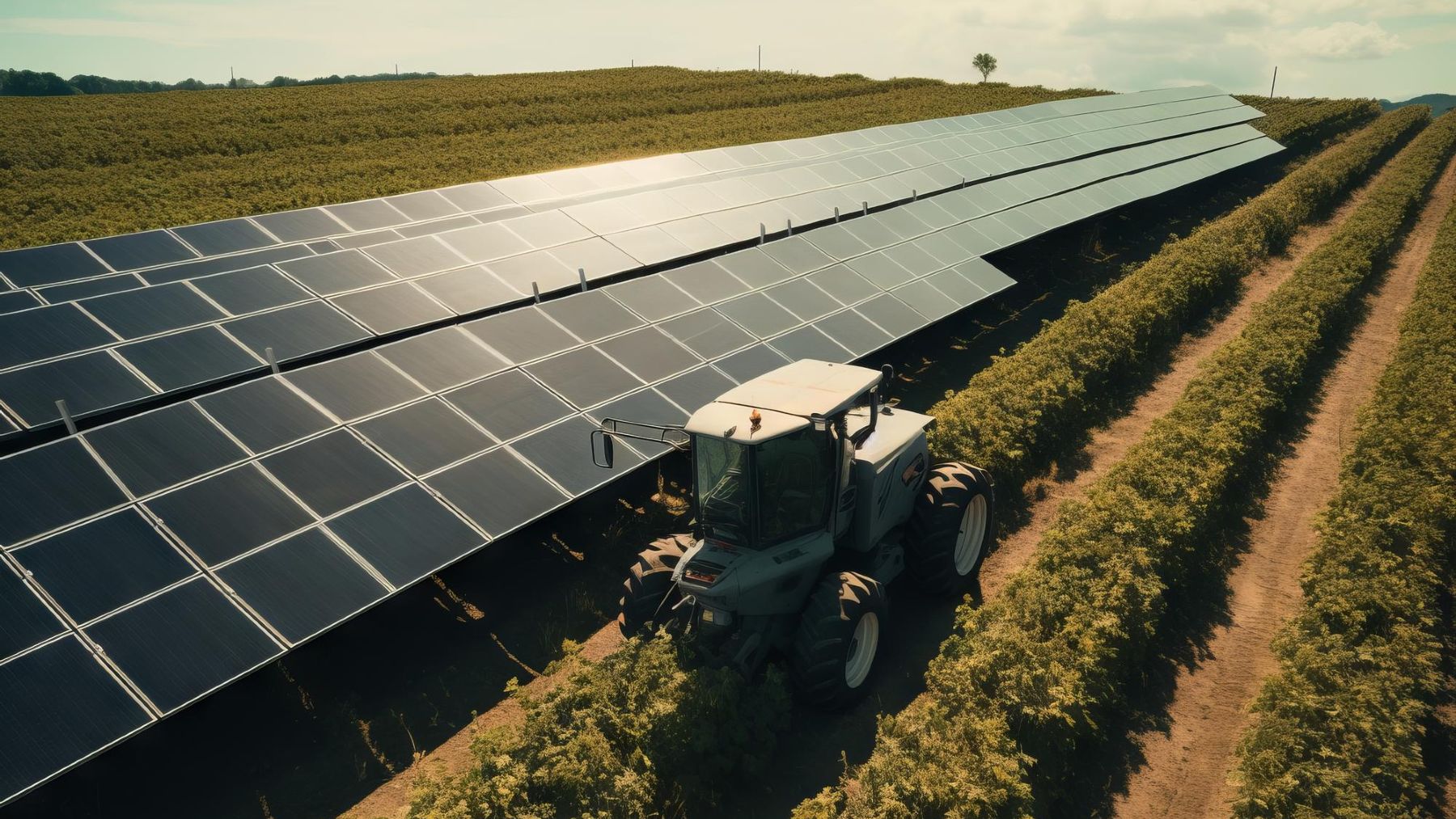Can you imagine farmland? solar panels? Especially the Canary Islands Gran Canaria—, have seen renewable energy as the solution to their dependence on tourism. This could be a way out that would open the doors to an innovative business model both in Macaronesia and in the world. They have been luckier than this endangered World Heritage candidate city.
The days of “sun and sand” are numbered: the Canary Islands are committed to renewable energy
The Canary Islands have found a way to decarbonize their economy, as well as other activities. The new photovoltaic system installed in the Gran Canaria Arena is proof of this. Not only does it meet 55% of the electrical demand of the Siete Palmas Sports City, it also represents an annual saving of 309,000 euros for the Cabildo.
Spain, and in particular the Canary Islands, with its generous sunshine all year round, is positioned as an ideal place for domestic self-consumption. In addition, attractive subsidies for solar panels in the Canary Islands make solar energy even more accessible.

Canaragua’s photovoltaic installation not only provides economic benefits, but also contributes significantly to the environment. It will avoid the emission of 818 tons of CO2 yearwill generate energy equivalent to the consumption of 306 homes and plant almost 3,183 trees.
This is just one example of the Canary Islands’ commitment to sustainable development, aimed at improving energy efficiency and integrating the environmental perspective into all their energy-related activities. Once again the archipelago is leading the way when it comes to a respectful approach to the planet.
Solar panels on agricultural land? The Canary Islands proposal for the future
But the Canary Islands’ commitment to renewable energy is not limited to the roofs of buildings. An exciting proposal is being prepared in San Bartolomé de Tirajana, where an agricultural company will combine banana trees with solar panels.
The company Agrícola Arguineguín, SLU is processing a 2 MW photovoltaic park that will occupy part of a farm dedicated to the cultivation of bananas. The project involves the installation of 4,030 photovoltaic modules on an area of 11,265 square meters.
Best of all? This will be done without disrupting remaining agricultural activities. The installed capacity will be 1.5 megawatts, with a storage capacity of 12 megawatt hours. This project, expected for the year 2025, will replicate a successful pilot experience at the La Fresadora industrial estate.
The proposal includes benefits for both the environment and the community in the south of Gran Canaria. This is expected to not only reduce dependence on hydrocarbons, but also generate direct employment, promote local services during construction and maintenance and indirectly activate local industry.
Selling bananas, but also energy: the business opportunity they have discovered
The proposal goes further and considers the establishment of an Energy Community on the industrial estate. Participating companies can produce solar energy to be self-sufficient and offer the surpluses to other companies in the network.
This will not only optimize energy sources but also reduce dependence on fossil fuels in the industrial sector a local generation, storage and consumption system of renewable energies.
The park will generate 5,883 megawatt hours per year, avoiding 4,565 tons of CO emissions2. The energy will not be used for self-consumption, but will be injected into the distribution network for sale on the electricity market, contributing to the expansion of renewable parks at island level.
What we could never have imagined was that combining sustainable energy with agriculture could yield such promising results. Gran Canaria has just shown that it is possible, and so is this project solar panels In banana plantations it invites optimism. An island that has managed to break new ground (while others haven’t even been found, although physicists continue to insist it exists).

